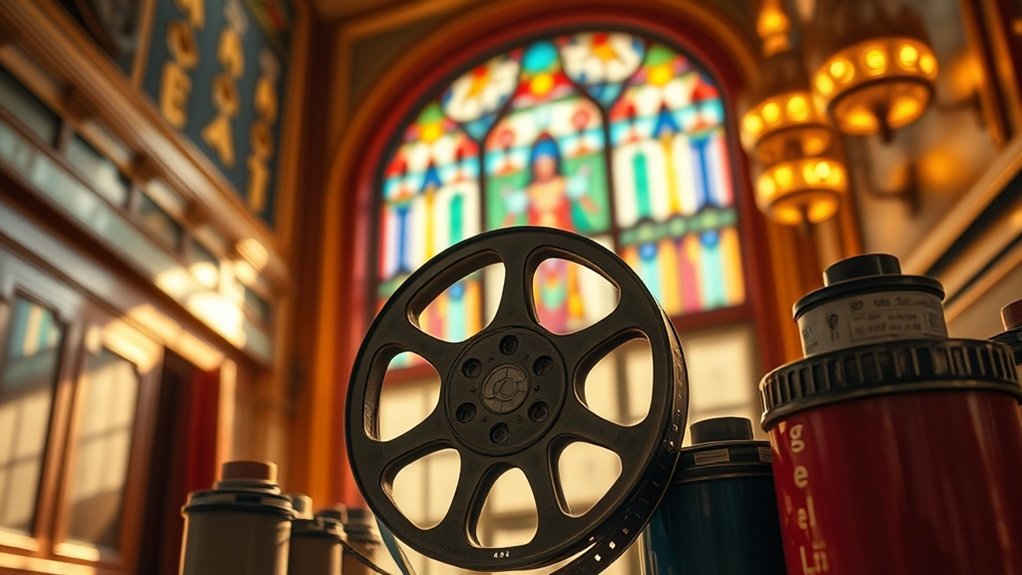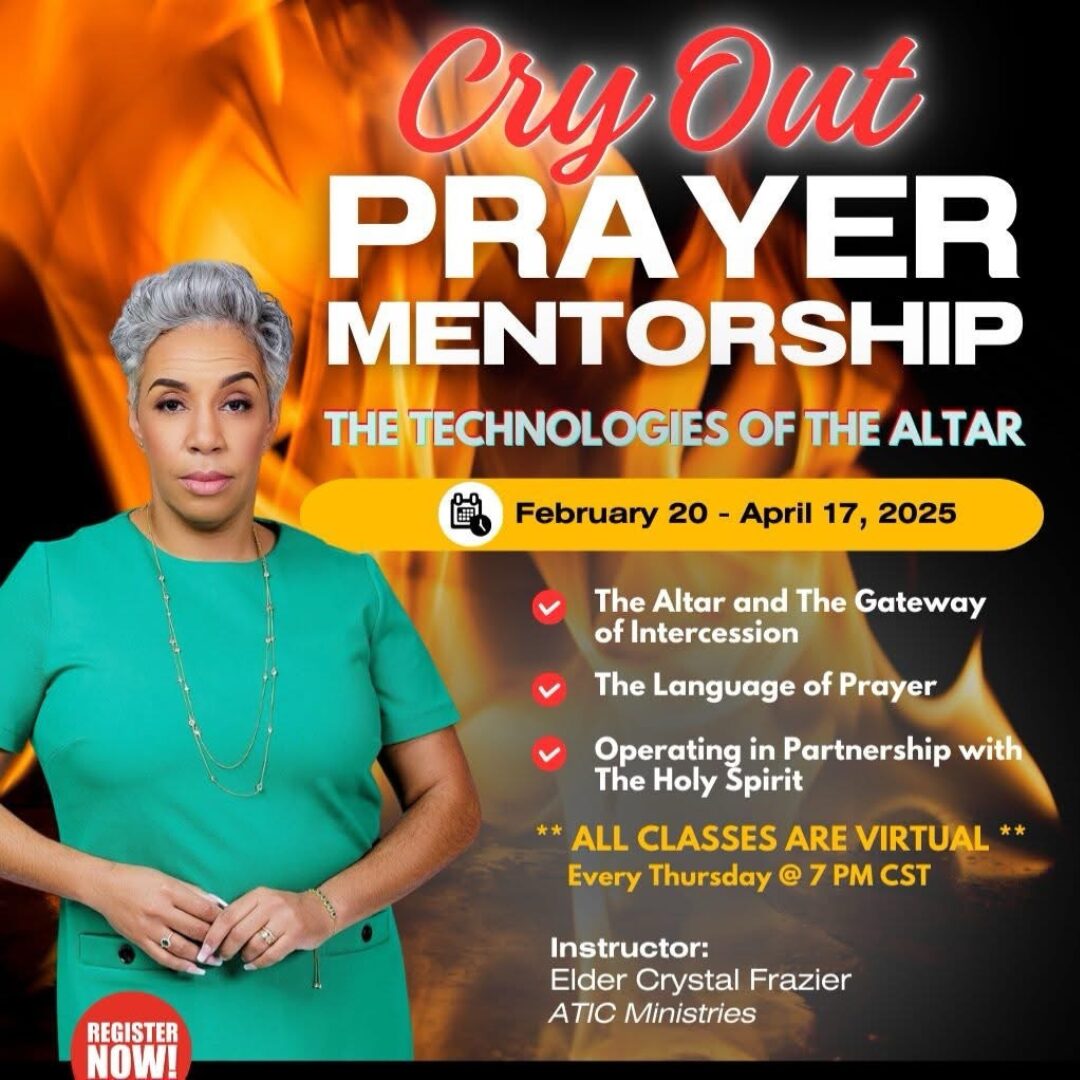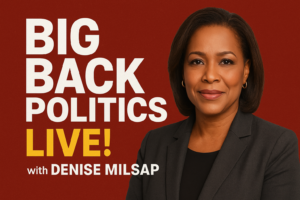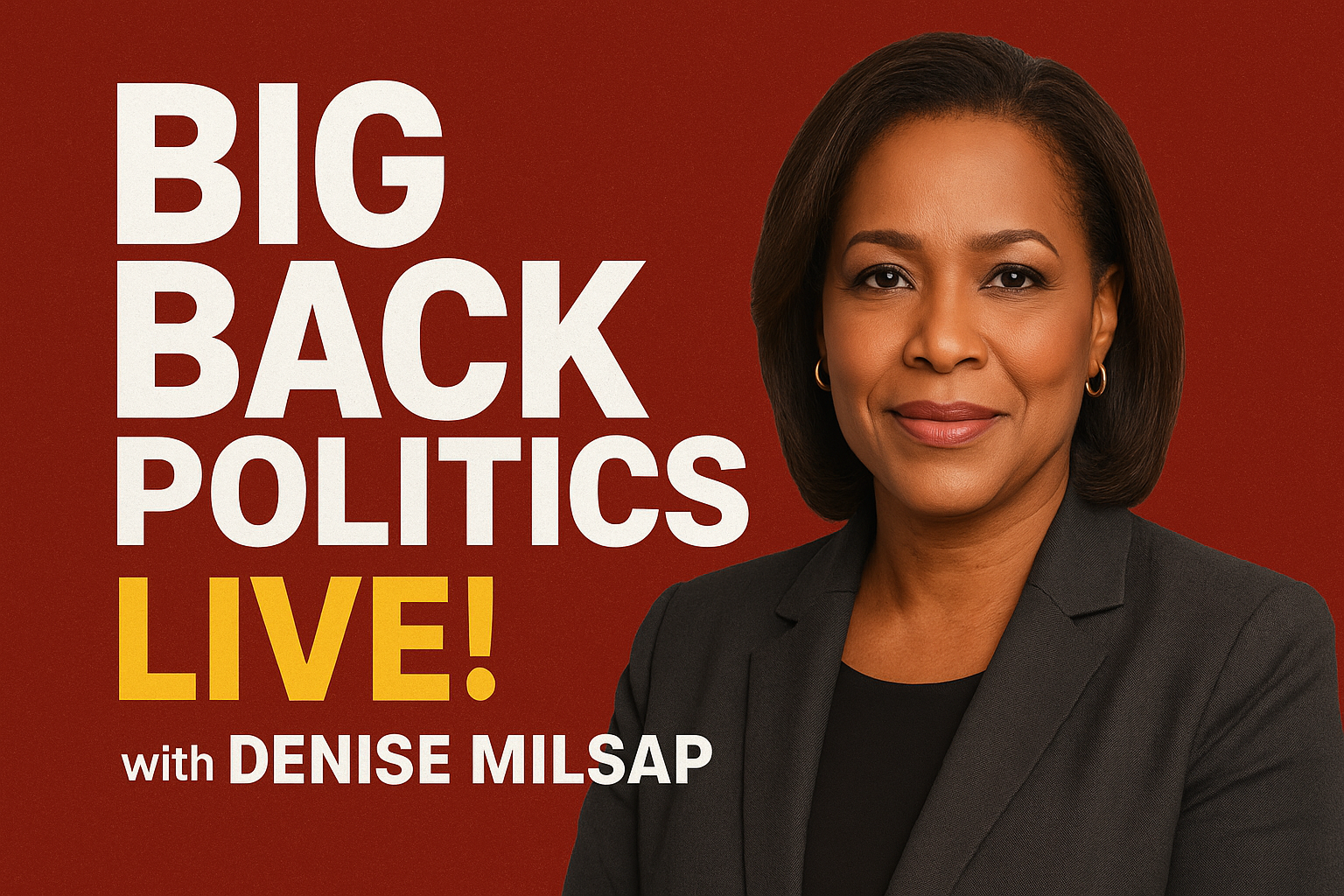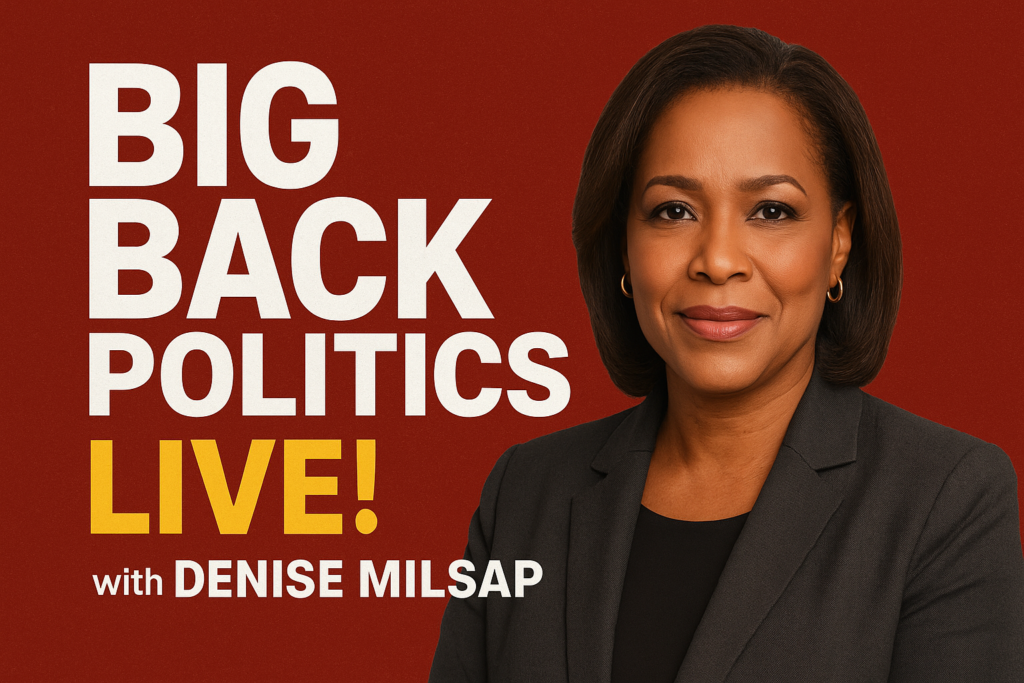Key Takeaways:
- As of 2023, Black actors have been taking on more lead roles, accounting for 16%.
- Despite this progress, only 2.2% of show creators are Black, highlighting ongoing challenges behind the scenes.
- There is a notable scarcity of disabled and older characters in film and TV.
The Evolving Landscape of Representation
Imagine the world of film and TV as a vibrant tapestry, with threads weaving stories of resilience and diversity.
You’ve probably noticed more Black actors taking on lead roles; 16% as of 2023.
Yet, challenges persist, especially behind the scenes where only 2.2% of show creators are Black.
The scarcity of disabled and older characters is striking too.
Curious about what’s next for storytelling?
There’s much more to explore on this journey through representation!
Progress for Marginalized Voices
When it comes to making progress for marginalized voices in media, there’s a lot happening that deserves our attention. You’ve got Black actors accounting for 16% of lead roles in streaming TV in 2023, reflecting their U.S. population proportion. That’s significant! Despite progress, modern tactics of voter suppression remind us that systemic inequities extend beyond the entertainment industry. Your diverse narratives are gaining traction, although systemic barriers persist. Films with minority casts aren’t only critically acclaimed but resonate across audiences aged 18-49. Additionally, only 2.2% of streaming show creators were Black, highlighting a critical area for improvement. Yet, without systemic change, these gains risk stagnation. Investing in diverse executive-level talent is key to sustained improvement. It’s crucial to embrace cultural identity within the industry, ensuring that authentic representation thrives without losing its essence, much like nurturing roots to flourish in a diverse environment. Unfortunately, Black-led series still face hurdles with limited marketing, hampering their reach. Yet, seeing diverse stories isn’t just about entertainment. It’s about shaping perceptions, breaking down stereotypes, and empowering tomorrow’s leaders. Keep advocating for inclusion and stronger visibility!
Where Representation Lags
Despite progress in some areas, representation in film and TV still has significant gaps, particularly for people with disabilities and racial minorities. Disability representation remains troubling, with visible disabilities barely seen on screen.
Meanwhile, racial disparities persist as the share of lead roles for actors of color declined from 29.2% in 2023 to 25.2% in 2024. Gender equity issues also arise with women, especially women of color over 45, lacking representation in key roles. Age inclusivity faces challenges too, as older characters remain scarce in prominent stories.
| Issue | Current Status |
|---|---|
| Disability representation | Below 2% among writers; nearly invisible on screen |
| Racial disparities | Share of lead roles for actors of color decreased |
| Gender equity | Significant gap for women of color, especially above age 45 |
| Age inclusivity | Minimal roles for older actors, particularly women of color |
Understanding and addressing these gaps can help promote a more inclusive media environment.
Why It Matters to Audiences
Because representation in media isn’t just nice to have—it’s essential. As an audience, you see the world through screens. Positive portrayal challenges harmful stereotypes, impacting self-image and social perception, while empowering diverse communities.
Cultural impact is massive; seeing yourself in empowered roles inspires confidence and ambition, making you feel included. Understanding your identity and possibilities transforms mental health.
When you identify with diverse characters, you’re more engaged. This boosts market impact, attracting broader audiences and driving commercial success. Moreover, you become more socially aware.
Representation increases acceptance, educating you about racism, sexism, and more. It’s vital for breaking down prejudices. This inclusive storytelling promotes empathy and nurtures systemic change.
Ultimately, it’s about empowerment, community growth, and a brighter, inclusive future. The Black experience is a fundamental aspect of the American narrative, influencing culture through music, fashion, and activism, thus enriching media representation with depth and authenticity.
Assessment
You’re the change-maker, the voice ready to push the boundaries of storytelling and shatter old stereotypes. You deserve to see your stories, your struggles, and your triumphs on the big screen.
With only 2.2% of Black show creators, imagine the untapped tales yet to be told!
It’s time for action, for lifting every voice, for unstoppable growth. Embrace this moment—let diversity and inclusion propel our shared narrative forward.
Your power is limitless.

